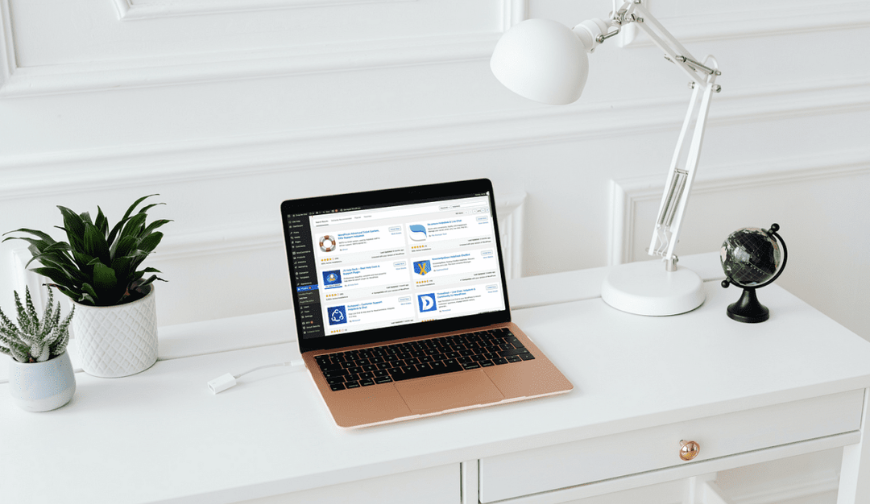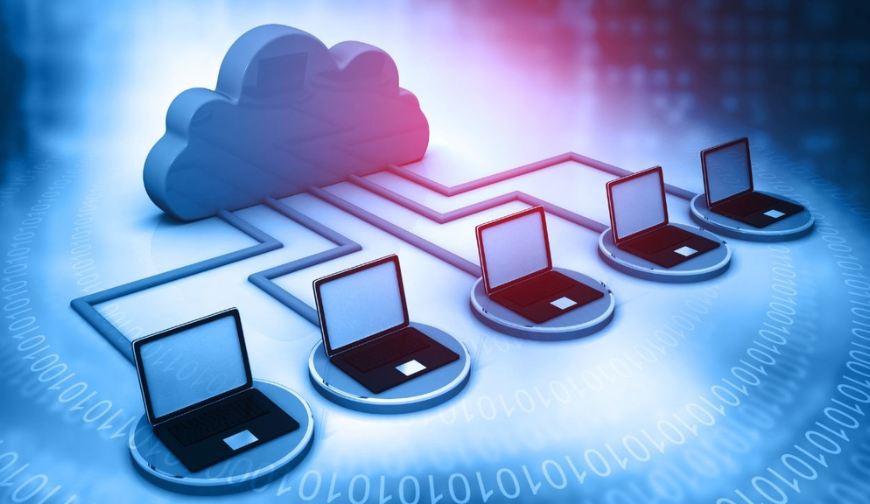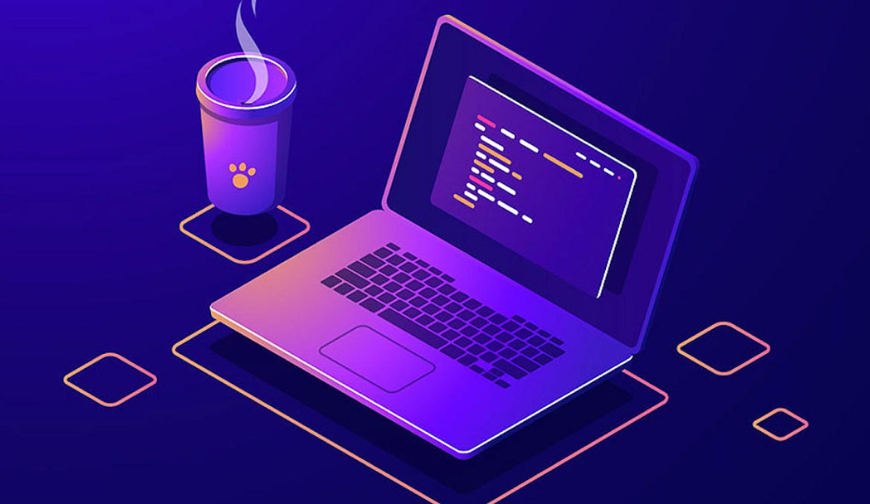LAMP, which stands for Linux, Apache, MySQL, and PHP, is a popular open-source web development platform. It provides a robust and flexible environment for building dynamic websites and web applications. LAMP is widely used due to its affordability, scalability, and the extensive community support it offers.
Understanding the Components of LAMP
Linux Operating System
Linux serves as the foundation of the LAMP stack. It provides a stable and secure operating system for hosting web applications. Users can choose from various Linux distributions such as Ubuntu, CentOS, or Debian, depending on their preferences and requirements.
Apache Web Server
Apache is the most commonly used web server software in the world. It is responsible for serving web content to users’ browsers. Apache is highly configurable and supports a wide range of features, making it an ideal choice for hosting websites and applications.
MySQL Database Management System
MySQL is a powerful relational database management system. It allows users to store and retrieve data efficiently using structured query language (SQL). MySQL is known for its reliability, performance, and ease of use, making it a preferred choice for web developers.
PHP Programming Language
PHP is a server-side scripting language designed for web development. It enables developers to create dynamic web pages and interact with databases seamlessly. PHP is easy to learn and offers a vast array of functions and libraries for building robust web applications.
Setting Up a Linux Server
Before you can install the LAMP stack, you need to set up a Linux server. Choose a Linux distribution that suits your needs and follow the installation instructions provided by the distribution’s documentation. Once installed, configure the basic settings such as network configuration and user accounts.
Installing Apache Web Server
Apache can be installed on your Linux server using package managers like apt or yum. After installation, you can configure Apache to serve your website’s files from the appropriate directory. Additionally, you can optimize Apache’s performance by tweaking settings such as KeepAliveTimeout and MaxClients.
Setting Up MySQL Database
Installing MySQL involves downloading the MySQL package and running the installation wizard. Once installed, you can create databases and user accounts using the MySQL command-line interface or a graphical tool like phpMyAdmin. Be sure to set strong passwords and restrict access to sensitive data.
Introduction to PHP
PHP is typically included in the LAMP stack by default. However, you may need to install it manually if it’s not already present. After installation, you can test PHP’s functionality by creating a simple PHP script and accessing it through your web browser. PHP should display the output of the script if installed correctly.
Creating Your First LAMP Application
To create your first LAMP application, write a PHP script that connects to the MySQL database and retrieves some data. Save the script in Apache’s web root directory and access it through your web browser. If everything is set up correctly, you should see the output of your PHP script displayed on the page.
Securing Your LAMP Stack
Securing your LAMP stack is crucial to prevent unauthorized access and protect sensitive data. You can implement security measures such as using firewalls, configuring SSL/TLS encryption, and regularly updating software components to patch security vulnerabilities.
Troubleshooting Common Issues
When encountering issues with your LAMP stack, it’s essential to diagnose the problem accurately. Check the error logs for clues, and use troubleshooting techniques such as testing individual components, checking file permissions, and verifying network connectivity.
Optimizing Your LAMP Environment
Optimizing your LAMP environment can improve performance and user experience. You can optimize Linux by disabling unnecessary services and tuning kernel parameters. Additionally, you can optimize Apache, MySQL, and PHP by configuring caching, optimizing queries, and using performance-enhancing extensions.
Scaling Your LAMP Infrastructure
As your web application grows, you may need to scale your LAMP infrastructure to handle increased traffic and workload. Strategies for scaling include load balancing, horizontal scaling with multiple servers, and implementing caching mechanisms to reduce server load.
Best Practices for LAMP Development
Adhering to best practices ensures the reliability, maintainability, and scalability of your LAMP applications. Follow coding standards, use version control systems like Git, and maintain comprehensive documentation to facilitate collaboration and troubleshooting.
Exploring Advanced LAMP Features
Once you’re comfortable with the basics of LAMP development, you can explore advanced features and techniques to enhance your skills. Experiment with advanced PHP programming techniques, optimize MySQL queries for better performance, and leverage advanced features of Apache for improved scalability.
Keeping Up with LAMP Updates
Staying updated with the latest releases and security patches is essential to keep your LAMP stack secure and efficient. Regularly check for updates to individual components of the LAMP stack and apply them promptly to ensure optimal performance and security.
Conclusion
In conclusion, getting started with LAMP can seem daunting at first, but with the right guidance and resources, you can master the fundamentals of Linux, Apache, MySQL, and PHP development. By following this beginner’s guide and continuously learning and experimenting, you’ll be well on your way to becoming a proficient LAMP developer.
FAQs
- Is LAMP suitable for all types of web applications?
- LAMP is well-suited for a wide range of web applications, from simple websites to complex e-commerce platforms and enterprise solutions.
- Can I use a different database management system instead of MySQL with LAMP?
- Yes, while MySQL is the default choice for LAMP, you can use other database management systems such as MariaDB or PostgreSQL if you prefer.
- Do I need prior programming experience to learn LAMP development?
- While prior programming experience can be helpful, LAMP is beginner-friendly, and you can learn as you go with the abundance of online tutorials and resources available.
- How often should I update my LAMP stack components?
- It’s recommended to regularly check for updates and apply them promptly to ensure your LAMP stack remains secure and up-to-date.
- What are some common security vulnerabilities in LAMP applications?
- Common security vulnerabilities include SQL injection, cross-site scripting (XSS), and insecure file uploads. Implementing security best practices can help mitigate these risks.




